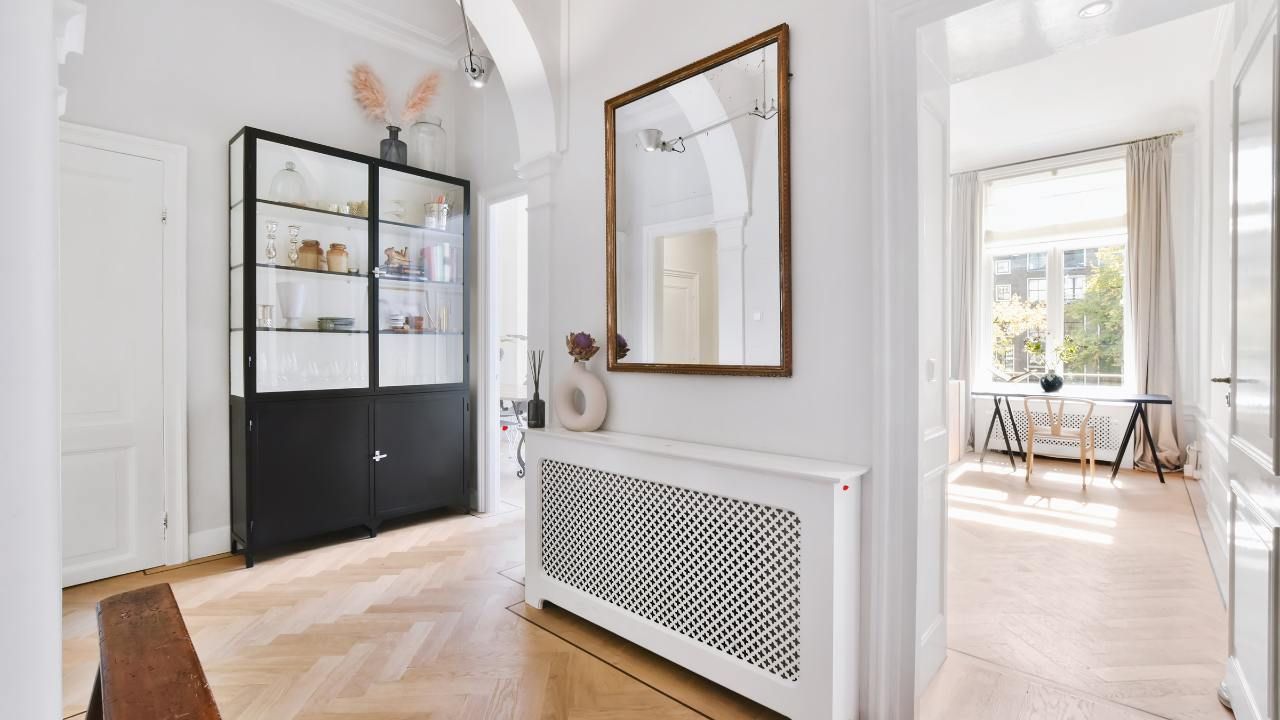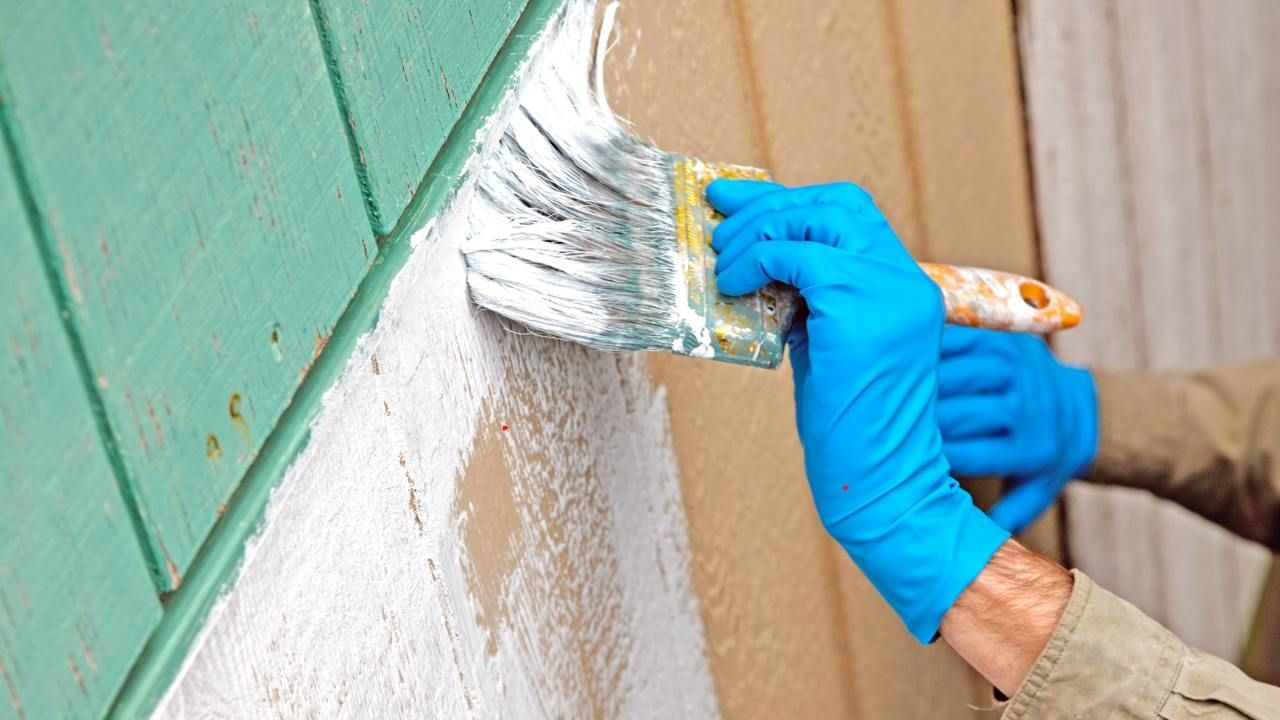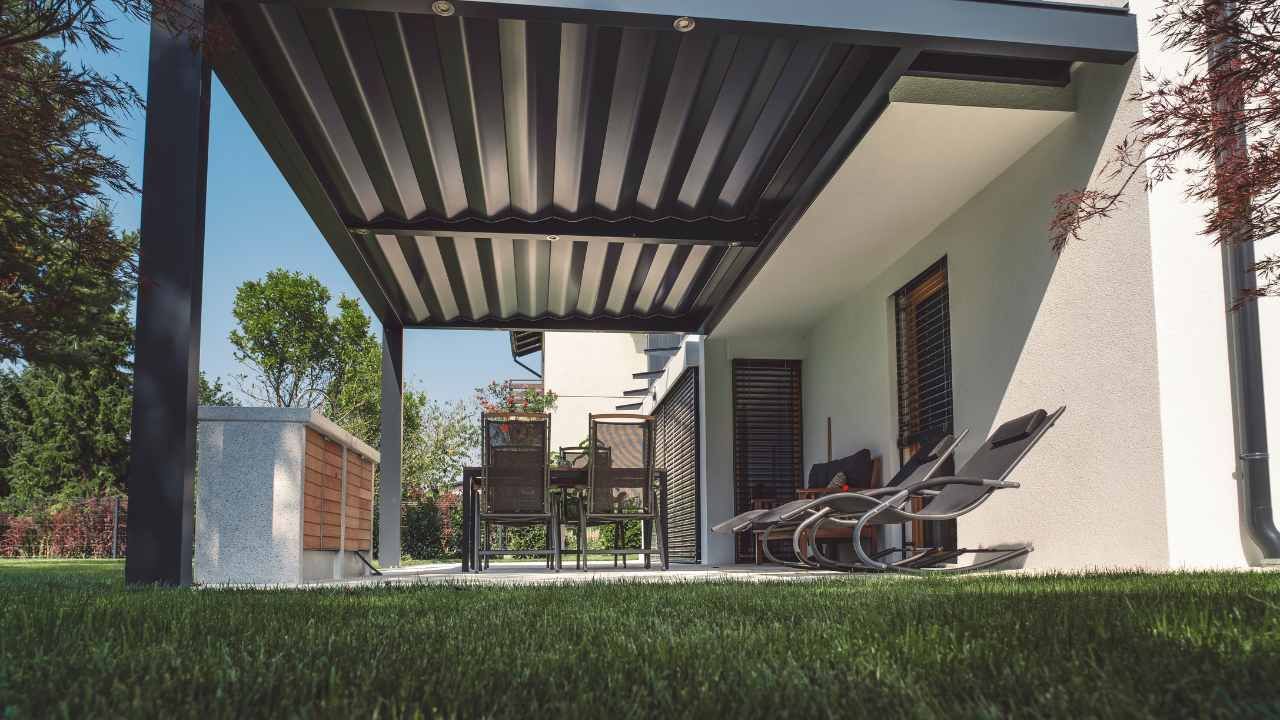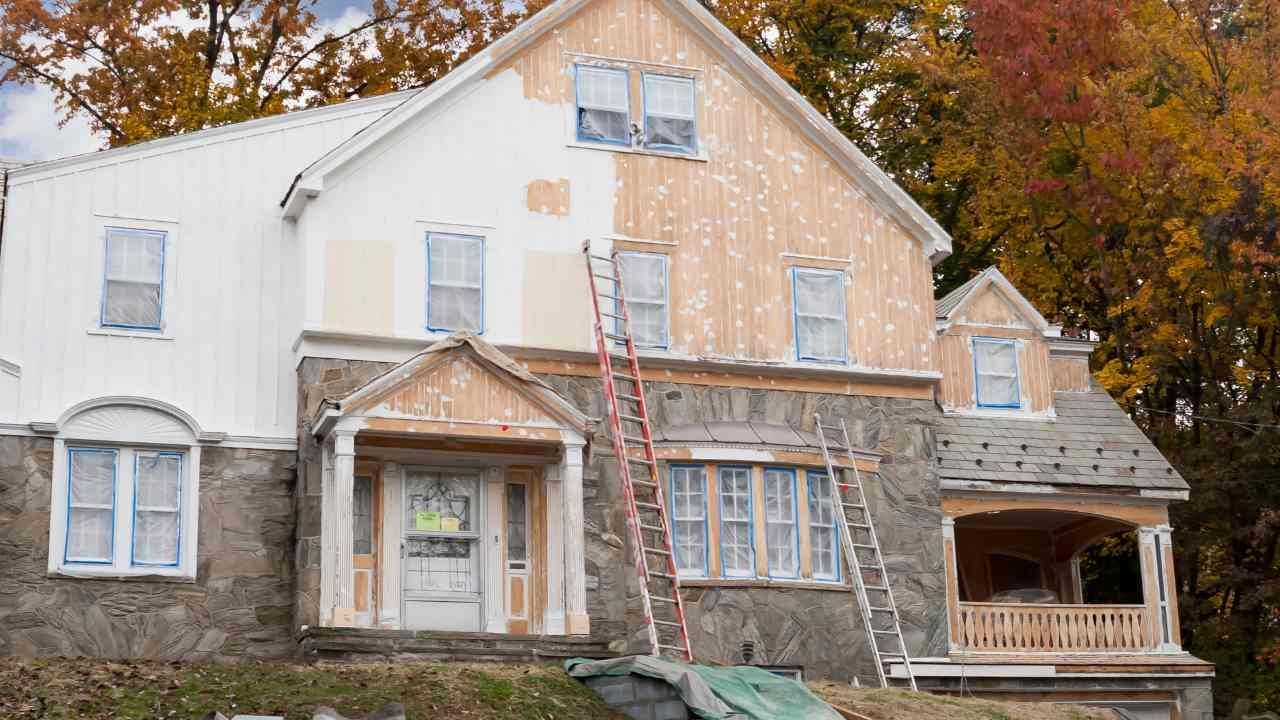Spray vs. Roller: Pros and Cons for Interior Painting in Oregon
Choosing The Right Paint Application for Oregon Homes
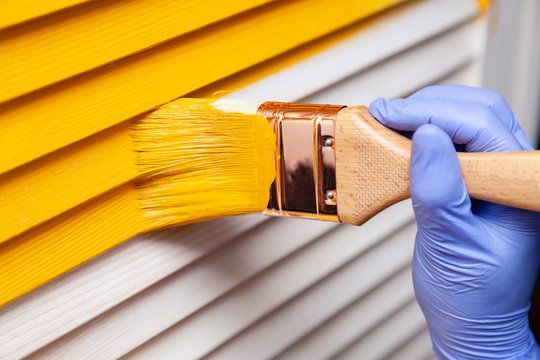
When it comes to painting the interiors of homes in Oregon, choosing the right application method is essential for achieving a flawless finish. Among the most common techniques are spray painting and roller painting, each with its own set of advantages and drawbacks. In this comprehensive guide, we'll explore the pros and cons of spray painting and roller painting for interior projects in Oregon, helping you make an informed decision based on your specific needs and preferences.
Understanding Spray Painting
Spray painting involves using a spray gun to apply paint in a fine mist onto surfaces. This method is known for its speed and efficiency, making it ideal for large areas with smooth surfaces such as walls and ceilings.
Pros of Spray Painting
- Speed: Spray painting covers large areas quickly, making it the preferred choice for projects with tight deadlines or large spaces.
- Smooth Finish: Spray painting creates a smooth, uniform finish without brush or roller marks, resulting in a professional-looking result.
- Even Coverage: The fine mist produced by a spray gun ensures even coverage, even on textured surfaces or hard-to-reach areas.
- Accessibility: Spray painting can reach areas that may be difficult to access with rollers or brushes, such as intricate trim work or recessed ceilings.
- Minimal Overlap: With proper technique, spray painting minimizes overlap marks, reducing the risk of visible seams or lines in the finished product.
Cons of Spray Painting
- Overspray: Spray painting generates overspray, which can settle on nearby surfaces if not properly contained. This requires careful masking and protection of adjacent areas to avoid unwanted paint deposits.
- Preparation Time: Spray painting requires thorough surface preparation, including masking off surfaces, covering furniture, and protecting floors, which can add time to the overall project timeline.
- Skill Requirement: Achieving a professional result with spray painting requires skill and experience. Improper technique can lead to uneven coverage, drips, or overspray, resulting in a subpar finish.
- Environmental Concerns: Spray painting generates airborne particles and fumes, which can be hazardous if not properly ventilated. Proper safety precautions, including the use of respirators and ventilation equipment, are necessary to protect the health of painters and occupants.
Understanding Roller Painting
Roller painting involves applying paint using a roller brush, which consists of a cylindrical sleeve attached to a handle. This method is versatile and suitable for a wide range of surfaces and applications.
Pros of Roller Painting
- Versatility: Roller painting is versatile and suitable for a variety of surfaces, including walls, ceilings, and trim. It can be used with different types of paint and finishes, making it adaptable to various project requirements.
- Control: Roller painting offers greater control over the application process, allowing painters to adjust pressure and technique to achieve the desired coverage and finish.
- Cost-Effectiveness: Roller painting is generally more cost-effective than spray painting, as it requires fewer specialized tools and equipment. Roller brushes are reusable and easy to clean, reducing the need for additional expenses.
- Ease of Use: Roller painting is relatively easy to learn and can be performed by DIY enthusiasts with minimal experience. With practice, homeowners can achieve professional-looking results without the need for professional assistance.
- Minimal Overspray: Unlike spray painting, roller painting produces minimal overspray, reducing the risk of paint drifting onto adjacent surfaces and causing unwanted deposits.
Cons of Roller Painting
- Labor-Intensive: Roller painting can be labor-intensive, especially for large areas or textured surfaces that require multiple coats. This method may require more time and effort compared to spray painting, particularly for projects with tight deadlines.
- Texture: Roller painting can leave behind a textured finish, particularly when using thicker paints or textured rollers. While some homeowners prefer this tactile quality, others may prefer the smooth finish achieved with spray painting.
- Brush Marks: Roller painting may result in visible brush marks or stippling, especially when using low-quality brushes or improper technique. Achieving a flawless finish requires careful attention to detail and proper application.
- Limited Reach: Roller painting may be less effective for reaching tight or hard-to-access areas, such as corners, edges, or intricate trim work. In such cases, additional tools or techniques may be necessary to ensure complete coverage.
Choosing the Right Method for Your Oregon Interior Painting Project
When deciding between spray painting and roller painting for your Oregon interior project, consider the following factors:
- Surface Type: Determine the type of surface you'll be painting, as well as its size, texture, and accessibility. Smooth, expansive surfaces may be well-suited to spray painting, while textured or detailed surfaces may benefit from roller painting.
- Project Scope: Assess the scope and scale of your painting project, including the size of the area to be painted and the desired timeline for completion. For large areas or projects with tight deadlines, spray painting may offer a more efficient solution.
- Budget: Consider your budget and resources when choosing a painting method. While spray painting may require more upfront investment in equipment and preparation, roller painting is generally more cost-effective and accessible for DIY homeowners.
In Oregon, where interior painting projects are as diverse as the landscapes they adorn, choosing the right application method is essential for achieving stunning results. Whether opting for the speed and efficiency of spray painting or the versatility and control of roller painting, homeowners and contractors alike must weigh the pros and cons of each method to determine the best fit for their specific needs and preferences.
By understanding the unique advantages and challenges of spray painting and roller painting, Oregonians can embark on their
interior painting projects with confidence, knowing that they've chosen the most suitable method to bring their vision to life. Whether transforming walls, ceilings, or trim, the right
painting technique can elevate the beauty and ambiance of any interior space, creating a lasting impression for years to come. For professional advice and services,
contact Ash Painting.

